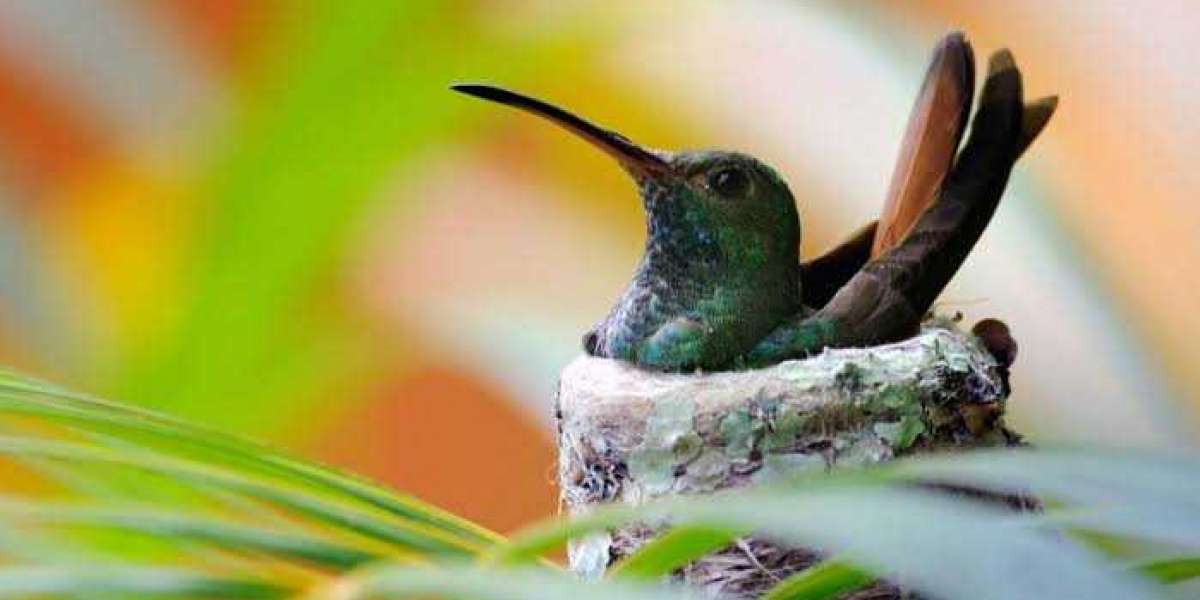Hummingbirds are birds native to the Americas and comprise the biological family Trochilidae. With about 360 species, they occur from Alaska to Tierra del Fuego, but the vast majority of the species is found in the tropics. They are small birds, with most species measuring 7.5–13 cm (3–5 in) in length. The smallest extant hummingbird species is the 5 cm (2.0 in) bee hummingbird, which weighs less than 2.0 g (0.07 oz). The largest hummingbird species is the 23 cm (9.1 in) giant hummingbird, weighing 18–24 grams (0.63–0.85 oz). They are specialized for feeding on flower nectar, but all species consume flying insects or spiders.
Hummingbird
Temporal range: Rupelian 30–0 Ma
PreꞒꞒOSDCPTJKPgN
Four hummingbirds
from Trinidad and Tobago
Scientific classification
Kingdom:
Animalia
Phylum:
Chordata
Class:
Aves
Order:
Apodiformes
Family:
Trochilidae
Vigors, 1825
Subfamilies
†Eurotrochilus
Florisuginae
Phaethornithinae
Polytminae
Lesbiinae
Patagoninae
Trochilinae
For an alphabetic species list, see:
List of hummingbirds
Hummingbirds split from their sister group, the swifts and treeswifts, around 42 million years ago (Mya). The common ancestor of extant hummingbirds is estimated to have lived 22 Mya in South America. They are known as hummingbirds because of the humming sound created by their beating wings, which flap at high frequencies audible to humans. They hover in midair at rapid wing-flapping rates, which vary from around 12 beats per second in the largest species to around 80 per second in small hummingbirds. Of those species that have been measured during flying in wind tunnels, their top speeds exceed 15 m/s (54 km/h; 34 mph). During courtship, some male species dive from 30 metres (98 ft) of height above a female at speeds around 23 m/s (83 km/h; 51 mph).[1][2]
Hummingbirds have the highest mass-specific metabolic rate of any homeothermic animal.[3] To conserve energy when food is scarce and nightly when not foraging, they can go into torpor, a state similar to hibernation, and slow their metabolic rate to 1/15 of its normal rate.[4]














